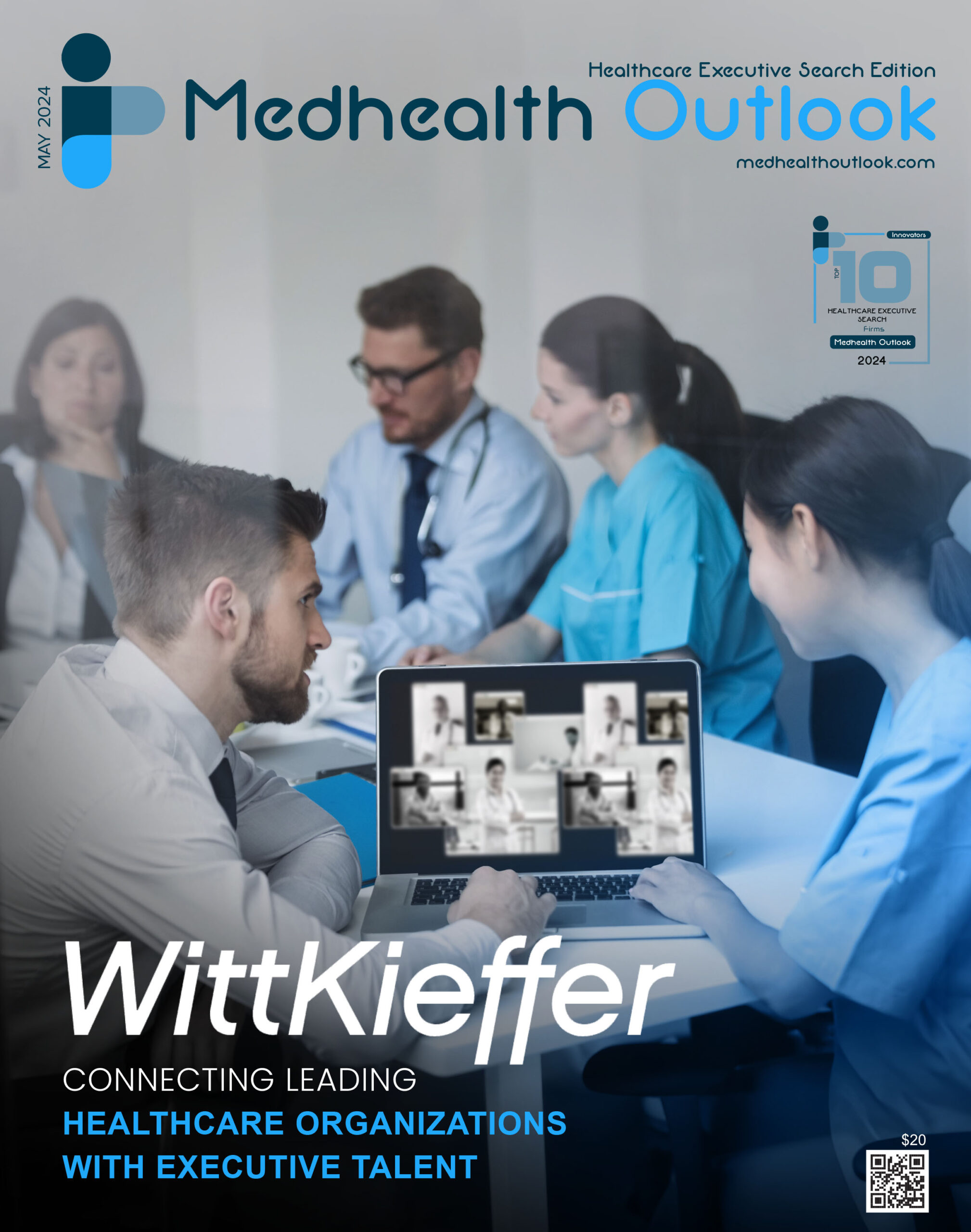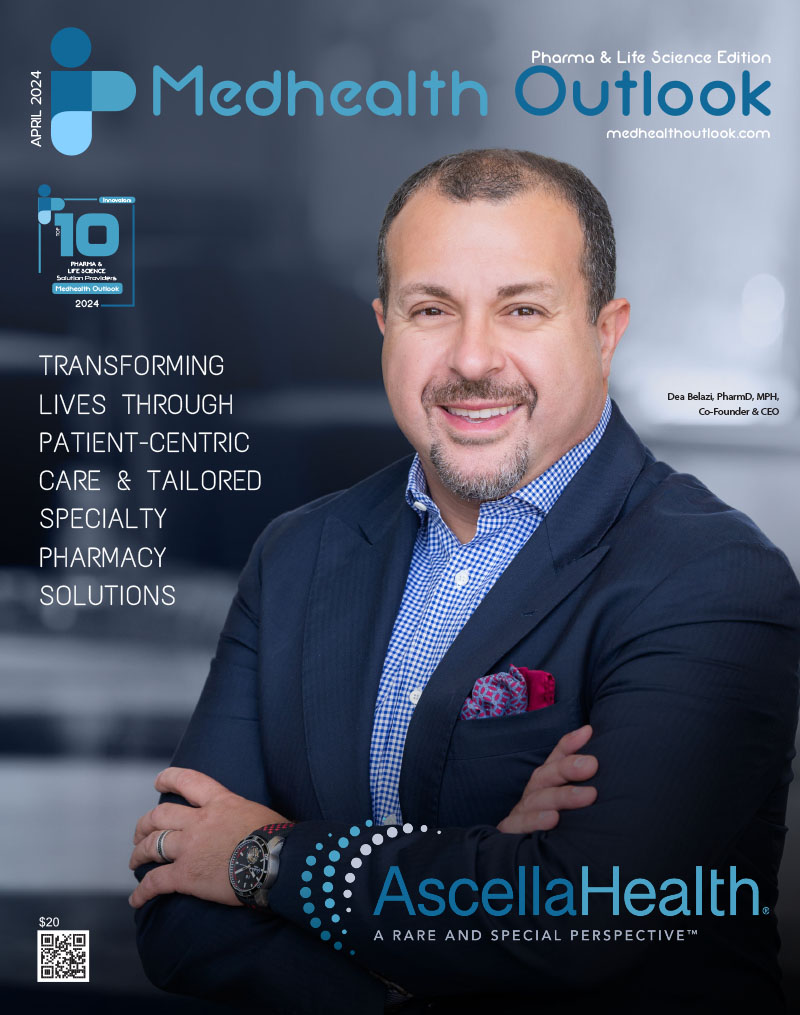The health sector has always been primordial to me. Not only because it is more than essential, vital for human beings, but also because many economic, societal and technological challenges of the future arise directly from this area. Which means that it obviously has a preponderant place within our society. Everyone is affected by it during their life.
When I was younger, during my university training, I wanted to be a doctor but very quickly I realized that this was not possible because I absolutely did not want to lose even a single patient during my entire career. Zero risk did not exist, so I had to resign myself and agree to change my professional path.
Today, I am quite proud of my overall journey, because my research, my analyses, my in-depth discussions with professionals in the health sector, during my computer engineering training and my professional activities, allowed me to better understand concrete technological advances in order to establish a real architecture of crucial needs within hospitals and university hospitals.
Among the many themes addressed today in the health sector is patient monitoring.
Precisely, since I no longer wanted to become a doctor, why not study computer science so that I could then strategically help them with their everyday needs? In order to replace my frustration at not being able to be a doctor to save lives, with potential collaborations allowing them to save more lives?
For me, it was the best thing to do and so that’s what I did.
Holding a Bachelor’s degree in Computer Science and Robotics, a mastery degree, two master’s degrees in Advanced Technical Computing and in IT project management, not to mention my contributions in international scientific articles or my numerous certifications during my training, I felt at that moment, legitimate and above all credible when it came to talking about the future of medicine in the world thanks to technology.
I then refined my knowledge and skills during my professional activity as an employee and then freelance. Later, I decided to launch my own business in 2020.
Before getting into the subject more briskly, I would like to point out that humans have been, are and will remain the most complex parameter in the world. Everything that revolves around humans is, ultimately, complex. Technology is only a tool and not an end in itself! It is therefore important to help, monitor and support progress in various professions, but do we still need to know how to use it properly?
Patient monitoring is a complex and sensitive subject. Today, many systems or sets of machines and equipment are already well established in patient monitoring. This makes it possible, almost instantly, to constantly monitor patients through several assessment criteria such as vital signs, heart rate, respiratory flow, temperature, indeed sudden or even abnormal movements of patients.
All these criteria are visualized most of the time via alert systems with the aim of detecting and analyzing changes in the health situation as well as patient safety as quickly as possible.
Ok, but how can we try to improve the solutions that already exist?
Thanks to Artificial Intelligence (AI), it would be interesting to go further with the creation of different possible scenarios, whether positive or negative. Today, statistically, medicine has enough archives, data and predictive information to be able to create a real tree structure on the possible developments in a patient’s health in order to better monitor them but above all to avoid complications and therefore the worst. The most important thing is to save lives and it is thus irresponsible not to give ourselves the means to do it as best we can to maximize the chances of success!
In my opinion, there are mostly three main areas to meditate on regarding patient monitoring today:
1) Improve the availability of doctors and nursing staff by making medical training more attractive and supporting the entire medical profession as best as possible in order to encourage them to take up crucial positions.
2) Use advances in AI to support decision-making in medicine but also to further promote e-learning / serious games in order to make student training in the health sector more fun.
3) Make interactions more bidirectional between the patient and the healthcare staff. It is not just up to the healthcare staff to wait for their patient to become critically ill before taking action. We must also sensitize patients not to leave everything to the alert system implemented so that it always does what is necessary for them. The patient must also be an actor in his care, as long as he has the opportunity to do so obviously, by calling the medical service via a “beeper” so that we can come and provide him with support quickly as soon as he feels the need.
There is also another way to monitor your patients without them necessarily being in a hospital or university hospital. We must not forget that currently, there is still a huge concern about the lack of resources among doctors and nursing staff.
Sometimes, waiting for appointments is more than problematic and can cause unintentional drama. Rather than doing nothing, we might as well take the lead and accept, at least for the moment, teleconsultations by videoconference.
The interest is to monitor patients remotely and optimize doctors’s time at a time when medical desertification is a major global problem.
In January 2023, my company carried out research on teleconsultations and the opinions of doctors on this phenomenon in France. The observation is clear: 73% of doctors believe that widespread telemedicine will be part of their daily lives in 2030. (source: Lequotidiendumedecin.fr)
Technological progress is there and continues to evolve. Certainly, but it is now time to take into consideration the lack of resources in the medical sector in addition to the increase in the population in recent years. This will necessarily involve the creation of new health/hospital infrastructures, the recruitment of staff but also significant investments to monitor patients as best as possible using new technological means. 2030 will likely change the dimension of the medical sector and a new era will emerge.











